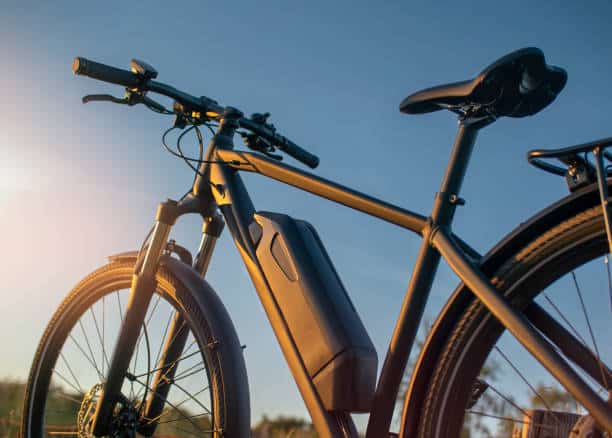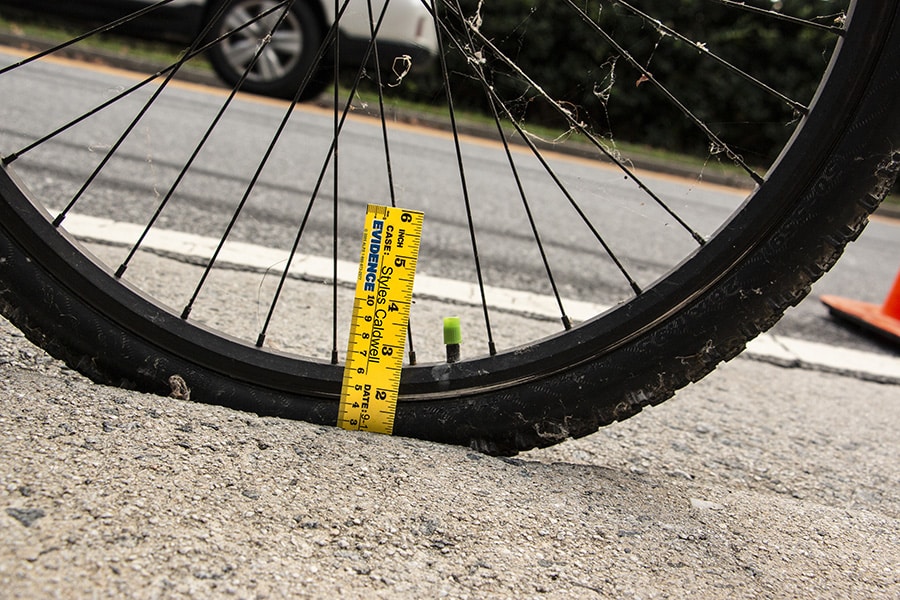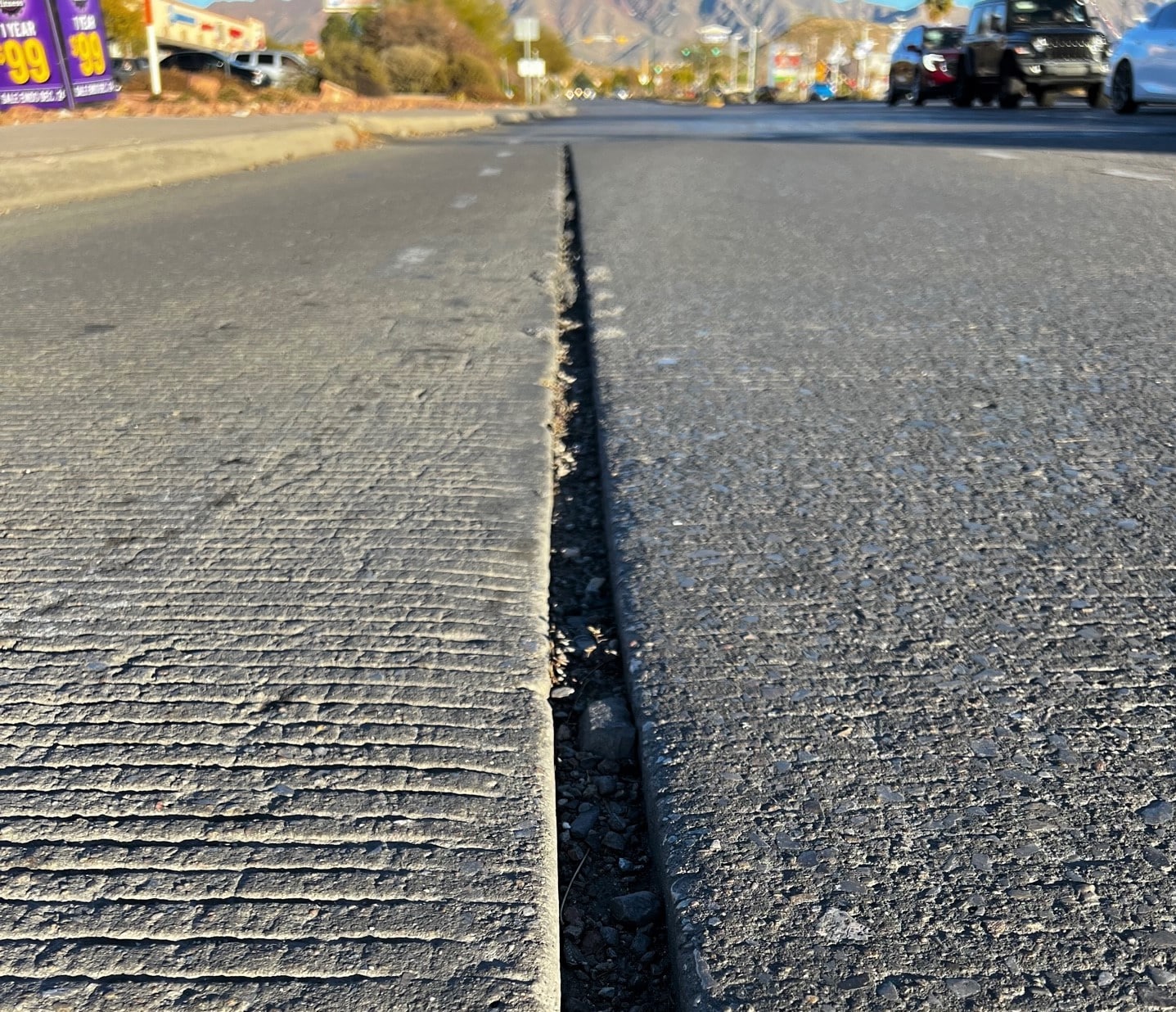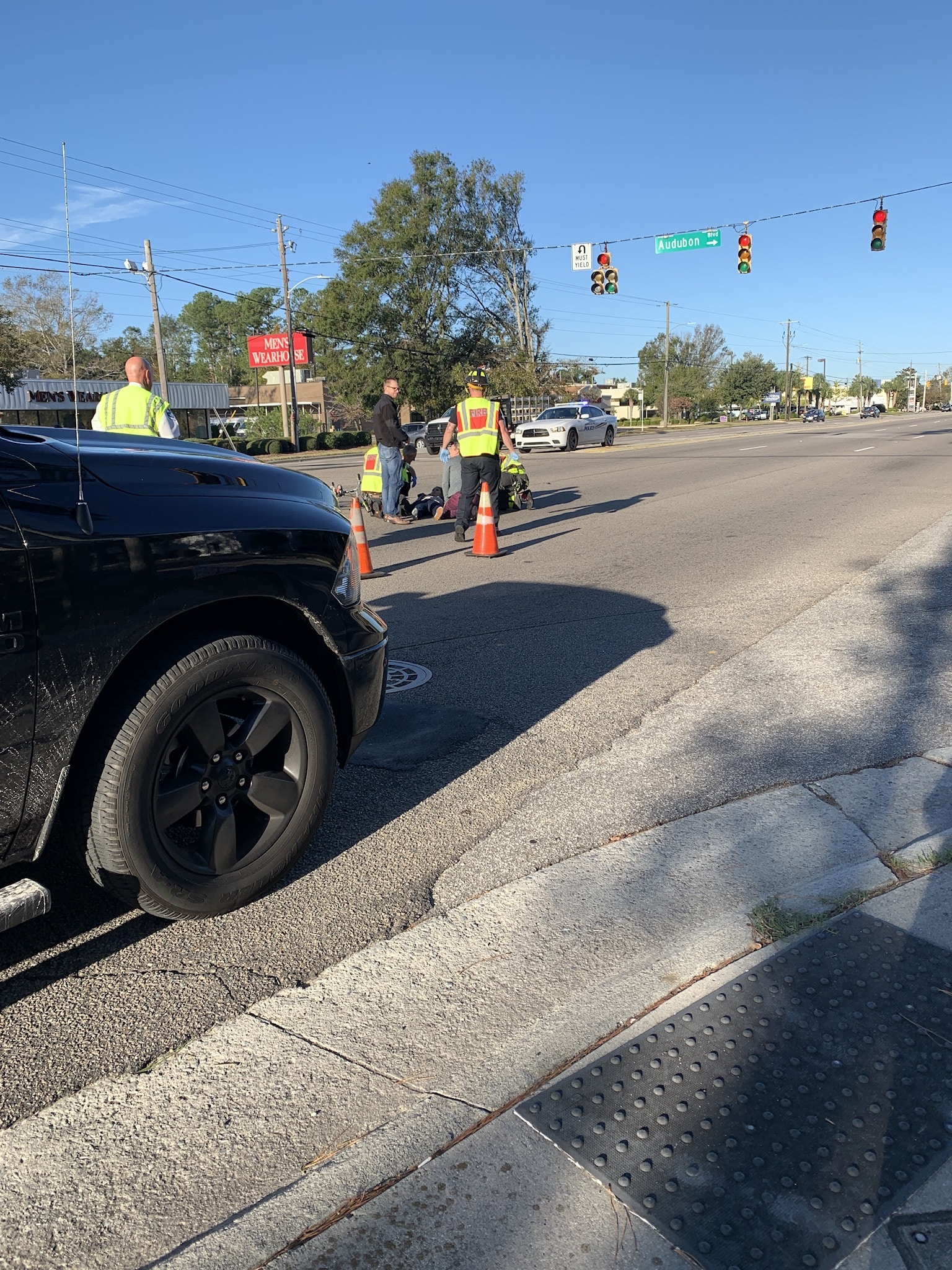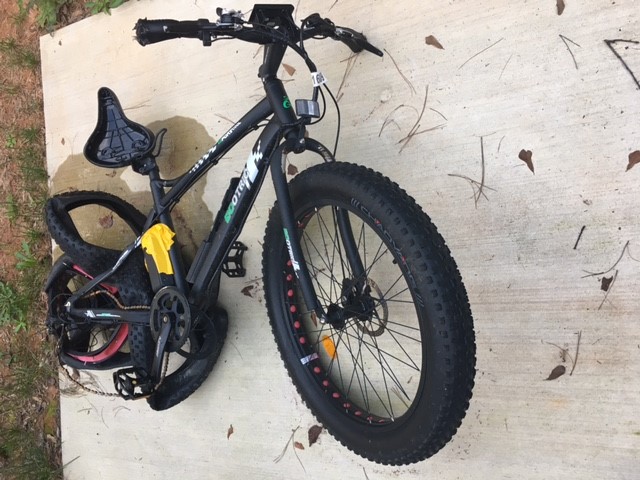Statutory Ambiguity, Double-Yellow Lines, and a Bicycle Unfriendly State
I will not pretend to speak for all cyclists, but I feel pretty confident in saying that being passed by cars on the road is a primary area of concern. Most of the time there is no problem and the vehicle passes safely. Nevertheless, I personally have been “buzzed” more times than I wish were the case. Fortunately, I never have been hit. Unfortunately, that is not so for many cyclists – and certainly not for the ones I zealously represent.
The three-foot passing law is something that was backed by cycling advocates and its introduction in Alabama in 2015 undoubtedly was an improvement. However, the statute is lacking. The purpose of this blog is to look at the pitfalls of Alabama’s three-foot passing law. In exploring this topic I will try to avoid as much “legalese” as possible; bear with me in those places where I can’t.
The law is codified in Alabama Code Section 32-5A-82. It requires any vehicle overtaking another vehicle, to do so “safely.” As regards to bicycles it explains that “safely” means “not less than three feet.” A major pitfall here is that the statutory language is ambiguous. Seemingly, this three feet zone only is mandatory for safety in certain situations, as the requirement seemingly may not apply in all situations. The not closer than 3-foot pass is required where the road has a bike lane; however, it arguably, is not always required on roads without one. The statute (emphasis added) states, “a safe distance shall mean not less than three feet on . . . [a] roadway without a marked bicycle lane if the roadway has a marked speed limit of 45 miles per hour or less and the roadway does not have a double yellow line.” Let’s break this down. A driver must give three feet on roadways without a bicycle lane (as most roads are in Alabama) only if the speed limit is 45 mph or less and there is no double yellow line. Thus, it appears the 3 foot passing space is not required for “safety” if the road has a double yellow line, or a speed limit over 45 mph.
Of course, this is illogical and counter intuitive – I mean, how can it not be safe for a motorist driving 30 mph on a 30 mph roadway to pass a person riding a bicycle yet, it can be safe for the same motorist to pass the same cyclist while the motorist is travelling 60 mph on a road with a 50 mph speed limit? It is logical (and I would argue) that as the 3-foot law applies to roads with speed limits of 45 mph or less, something greater that 3-feet must apply to roads with a speed limit of 45 mph or higher. At this time neither the statutory language nor legislative notes shed light on the matter.
What also is confusing, unfortunately, is that the three-foot provision is not applicable when the cyclist is riding more than two feet from the right hand shoulder – regardless of how practical it is to be riding there (contradicting Ala. Code § 32-5A-263).
Comparatively, Georgia requires vehicles over taking bicycles to leave a safe distance. Safe distance is defined as not less than three feet. (Ga. Code Ann. § 40-6-56). There are no additional limitations. Similarly, Florida requires three feet subject to no additional limitations. (Fla. Stat. Ann. § 316.083).
It seems that the Alabama’s legislature’s rationale is that a vehicle cannot ensure its own safety if a motorist has to give three feet when restricted by those pesky double yellow lines. The reality is quite simple. Alabama legislators either do not want cyclists on roads at all, or believe they’re secondary road users -despite cyclist’s legal right to the roads. The truth is probably both. It is unfortunately a fairly common belief in the State. If you want evidence just read the comment section on any article concerning bike laws, or cyclists in general. It is no wonder why the League of American Bicyclists ranks Alabama 48th in bike friendly legislation and enforcement.
All this being said, the introduction of the three-foot law is a start. Even if the law were better it still requires enforcement, and people to abide by it for it to make a difference. As I have written before, police officers do not always know the law that they are enforcing. All it takes is one poor pass for something terrible to happen. I hope this blog both informs you as well as encourages you to push your local representative to amend and improve the bill.
Danny Feldman has been riding his bike since 1987, the same time he began practicing law in Washington D.C. before moving back to his home state of Alabama. Danny has been actively fighting for the rights of cyclists in Alabama both in and out of the courtroom. While he focuses his practice in Birmingham, he has represented numerous cyclists across the state



